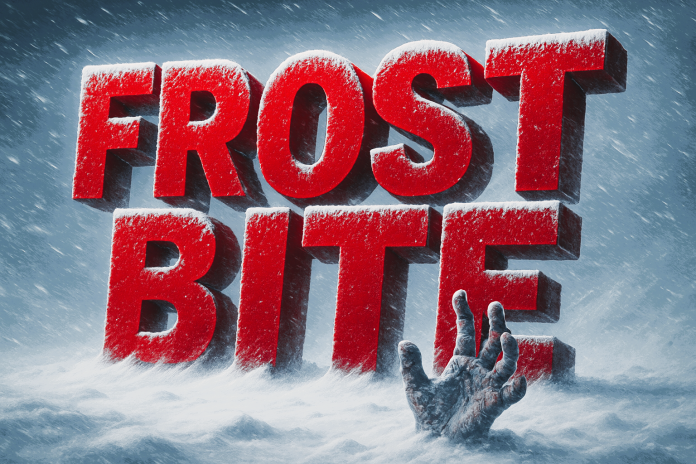Minneapolis, MN – Minnesota could face some of the nation’s most dangerous Thanksgiving-week cold, raising frostbite and hypothermia concerns, according to updated projections from the National Oceanic and Atmospheric Administration (NOAA). The Nov. 19 climate outlook shows a major pattern shift beginning November 25, with sharply colder-than-normal temperatures likely across the Upper Midwest through early December.
According to NOAA, the incoming cold is being shaped by multiple atmospheric drivers: ongoing La Niña conditions, the Madden–Julian Oscillation, and the potential for a rare late-November sudden stratospheric warming event. The combination may unleash intense Arctic air into the North-Central U.S., placing Minnesota at the core of the below-normal temperature zone.
With hunters in the field, families traveling, and early winter sports underway across the Twin Cities and beyond, state health officials warn that frostbite and hypothermia can develop extremely quickly — especially when dangerous wind chills accompany the cold.
Key frostbite symptoms include:
• Numbness or loss of feeling
• Tingling or prickling sensations
• Cold, hard, waxy-looking skin
• Skin discoloration (red, white, blue, gray, or purple)
• Blisters that may appear after rewarming
Ten important signs of hypothermia:
Shivering, slurred speech, shallow breathing, weak pulse, confusion, memory loss, severe fatigue, stumbling or clumsiness, drowsiness, and — in severe cases — loss of consciousness. Infants may show bright red, cold skin and unusually low energy.
NOAA urges Minnesotans to bundle in layers, fully cover extremities, and limit time outdoors during peak cold hours. Anyone showing frostbite or hypothermia symptoms should seek immediate medical help and warm affected skin with warm — not hot — water or gentle body heat.





